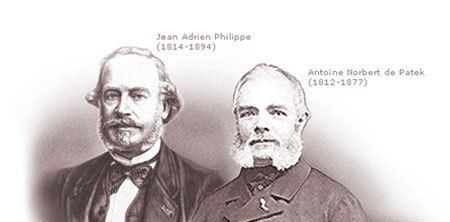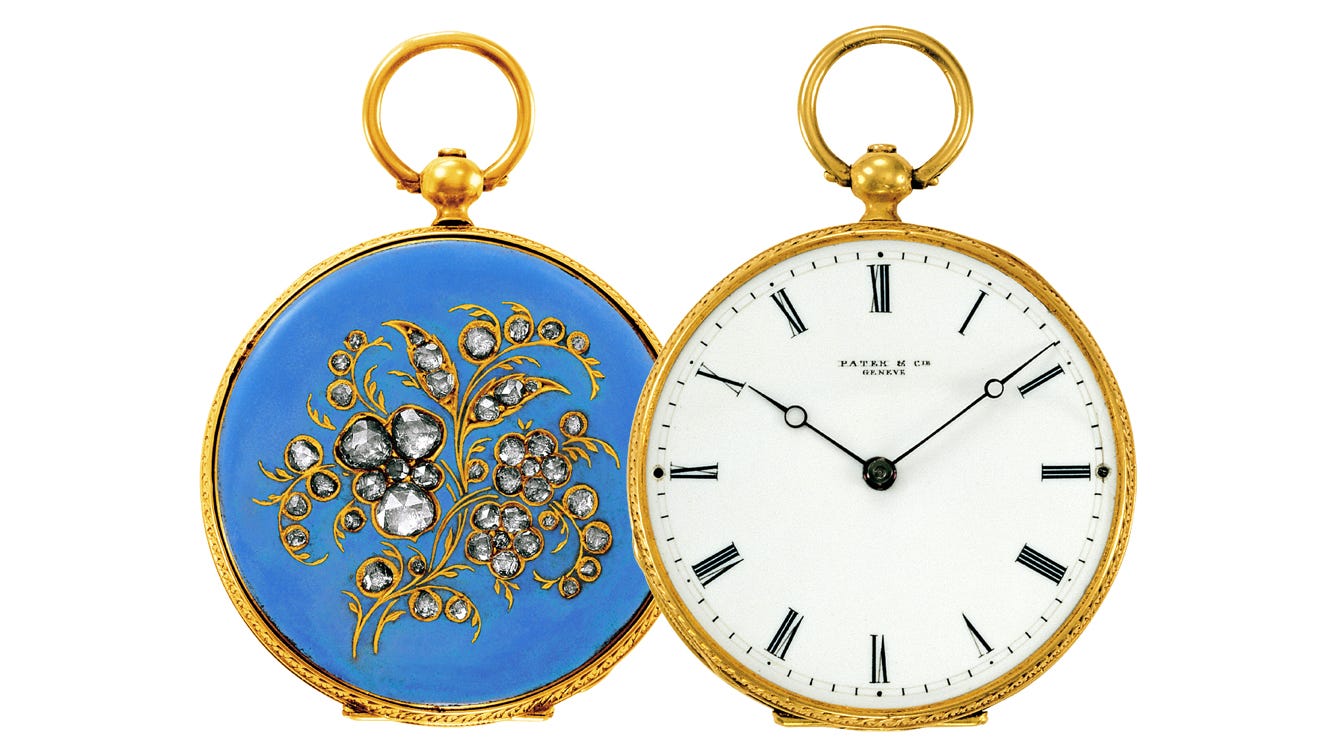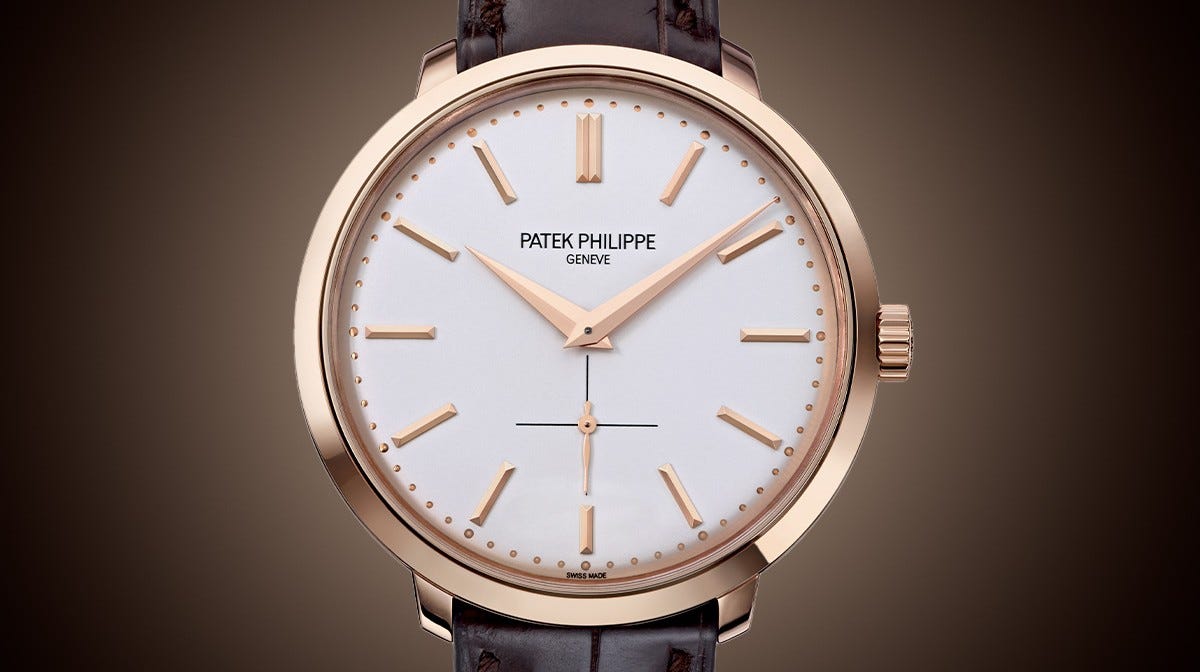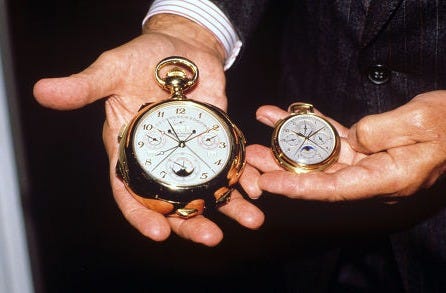The Timeless Saga of Patek Philippe
19th March 2025 | Timepiece Digest - A Journey Through Craftsmanship, Legacy, and Horological Mastery
Imagine a crisp autumn day in 1839, the cobblestone streets of Geneva buzzing with the hum of artisans at work. In a modest workshop, two men—Antoni Patek, a Polish émigré with a fire in his soul, and François Czapek, a skilled watchmaker—sat hunched over a bench, their hands trembling with ambition. They weren’t just crafting timepieces; they were forging a legacy that would echo through centuries. This is the origin story of Patek Philippe, a name that would become synonymous with horological artistry and unrelenting excellence.
Antoni Patek wasn’t born into watchmaking. He was a soldier, a patriot who fought in Poland’s November Uprising against Russian rule in 1830. Exiled after the rebellion’s defeat, he landed in Geneva, a city already pulsing with the heartbeat of Swiss craftsmanship. Fate—or perhaps sheer determination—led him to partner with Czapek, and on May 1, 1839, Patek, Czapek & Cie was born. Their early creations were exquisite, but Patek’s vision stretched beyond the ordinary. He dreamed of timepieces that weren’t just functional but transcendent—works of art that could be passed down through generations.
The partnership with Czapek dissolved in 1844, a quiet fracture born of diverging dreams. Enter Jean Adrien Philippe, a French inventor whose genius would redefine the brand. Philippe had stunned the world at the 1844 Paris Industrial Exhibition with a revolutionary stem-winding mechanism—no key required, just a twist of the crown. Patek, ever the visionary, saw the future in Philippe’s innovation. By 1851, the company was reborn as Patek Philippe & Cie, and the stage was set for a horological revolution.
The duo’s creations soon caught the eye of royalty. In 1851, Queen Victoria herself acquired a Patek Philippe timepiece at London’s Great Exhibition—a delicate, keyless pendant watch adorned with blue enamel and diamonds. It wasn’t just a purchase; it was a coronation of the brand’s prestige. From European monarchs to American industrialists, Patek Philippe became the ultimate status symbol, a whisper of elegance strapped to the wrist.
But prestige alone doesn’t build a legend—innovation does. In 1868, Patek Philippe unveiled the world’s first wristwatch, a dainty piece crafted for Countess Koscowicz of Hungary. Encased in gold, with a bracelet of woven hair, it was a bold departure from pocket watches dominating the era. Then, in 1889, they patented the perpetual calendar mechanism, a marvel that tracked dates, days, and moon phases with uncanny precision. These weren’t just watches; they were mechanical poetry.
The 20th century brought turbulence—two world wars, economic upheaval—but Patek Philippe endured, its resolve as steadfast as its timekeepers. In 1932, the Stern family, Swiss dial makers with a deep respect for the craft, acquired the company. Under their stewardship, the brand soared to new heights. That same year, they launched the Calatrava, a minimalist masterpiece of Bauhaus-inspired design. Its clean lines and understated elegance became a cornerstone of the Patek Philippe identity.
The pinnacle arrived in 1989, the company’s 150th anniversary. Patek Philippe unveiled the Calibre 89, a pocket watch so complex it held the title of the world’s most complicated timepiece for over 25 years. With 33 complications—including a perpetual calendar, thermometer, and star chart—it was a love letter to horology, a testament to the unrelenting pursuit of perfection.
Today, Patek Philippe remains a family affair, guided by the Stern lineage. Their mantra, immortalized in their iconic slogan, “You never actually own a Patek Philippe. You merely look after it for the next generation,” speaks to the soul of the brand. Each watch—be it the sporty Nautilus or the intricate Grand Complications—carries the weight of history, the whisper of Antoni Patek’s dream from that Geneva workshop nearly two centuries ago.
As collectors scour auctions for vintage gems and enthusiasts marvel at modern releases, Patek Philippe stands as a bridge between past and future. It’s not just a watchmaker; it’s a storyteller, etching moments into metal and glass, ticking onward through time.





